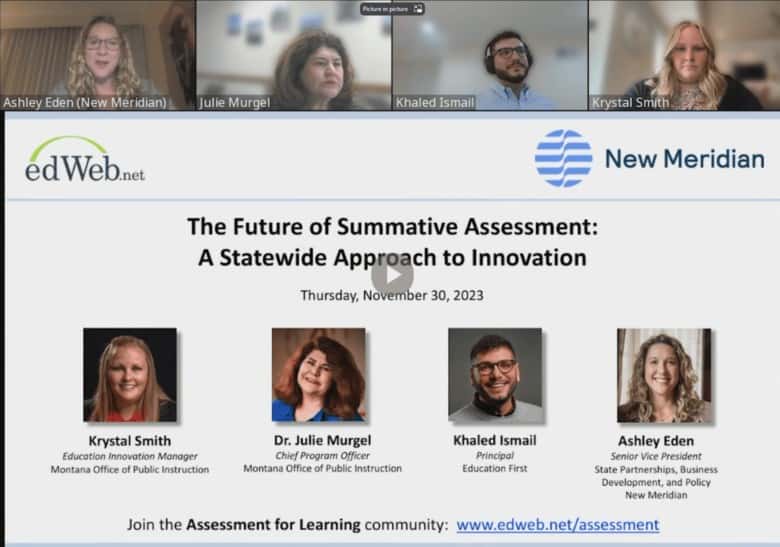Beauregard Parish in southwest Louisiana is an unlikely stage for the future of learning.
It’s part of a stretch of land that was known regionally 200 years ago as “No Man’s Land” – a largely uninhabited buffer between Spanish-controlled Texas and the newly acquired Louisiana Purchase. Today, the Parish is still rural, its median income is well below the national average, and its 36,000 residents have unusually high rates of mobility, as a result of the transient nature of nearby Fort Polk Military Base.
Yet despite these challenges, Beauregard is attracting national interest because of its remarkable success in improving student outcomes. Nearly 95 percent of its students are graduating – the fourth-highest rate in Louisiana, according to state data.
Officials say much of the district’s success can be credited to a curriculum that is rooted in high standards and heavily supplemented by instructional technology.
“Our students have grown up with technology, they are pretty comfortable with it, and they are definitely interested in it,” says Dana Frusha Daughety, Instructional Computer Specialist for Beauregard Parish Schools, who credits technology platforms for boosting student engagement.
As in every state, a large part of Louisiana’s state and federal accountability ratings are determined by its end-of-year summative assessment. The Louisiana Educational Assessment Program (LEAP), is a state-specific outgrowth of the PARCC assessment that is powered by New Meridian test items.
As part of a commitment to reducing end-of-year testing time, the state this year began offering Louisiana schools LEAP 360, a voluntary interim assessment system offered to schools at no cost. LEAP 360 allows Beauregard educators to measure growth toward proficiency and, in turn, focus instruction on areas where it is most needed.
“Because LEAP 360 is administered on the same platform as LEAP, students have a much higher level of familiarity and comfort when it comes time to take the end-of-year summative LEAP assessment,” adds Frusha Daughety.
Parish officials made a strategic decision several years ago to create a technology-rich environment, in large part, to address the challenges associated with student mobility.
“Once we identify an area of weakness, the first thing we do is convene a meeting between the teacher leader in the subject area and the principal. They dig into the data, and once they’ve identified a gap, they review the results with the classroom teacher,” explains Frusha Daughety. “If we find that a student is struggling with fractions, for example, we’ll review lesson plans and insert more bell work.”
Frusha Daughety says the data derived from formative and interim assessments are helping educators pinpoint problem areas in real time, and plug holes before it’s too late.
“After interim assessments are completed, we print off all the reports and we meet in Professional Learning Communities (PLCs) a couple of times a quarter,” says Frusha Daughety of Beauregard Parish Schools. “The reports generated are broken down not just by questions but also by standards and by item-type. It will tell us, for example, if students are struggling with two-part questions. The level of detail is invaluable.”
Through a combination of focused leadership, technology-rich high-quality assessments, and site-based decision-making, Beauregard Parish schools are systematically beating the odds and delivering educational excellence.


